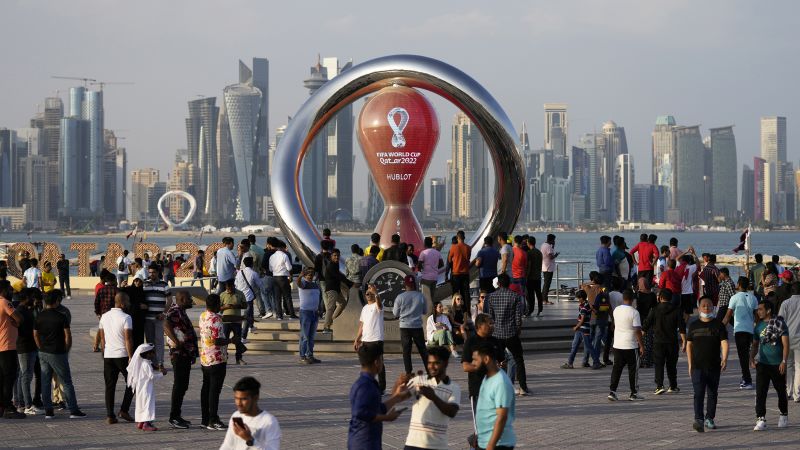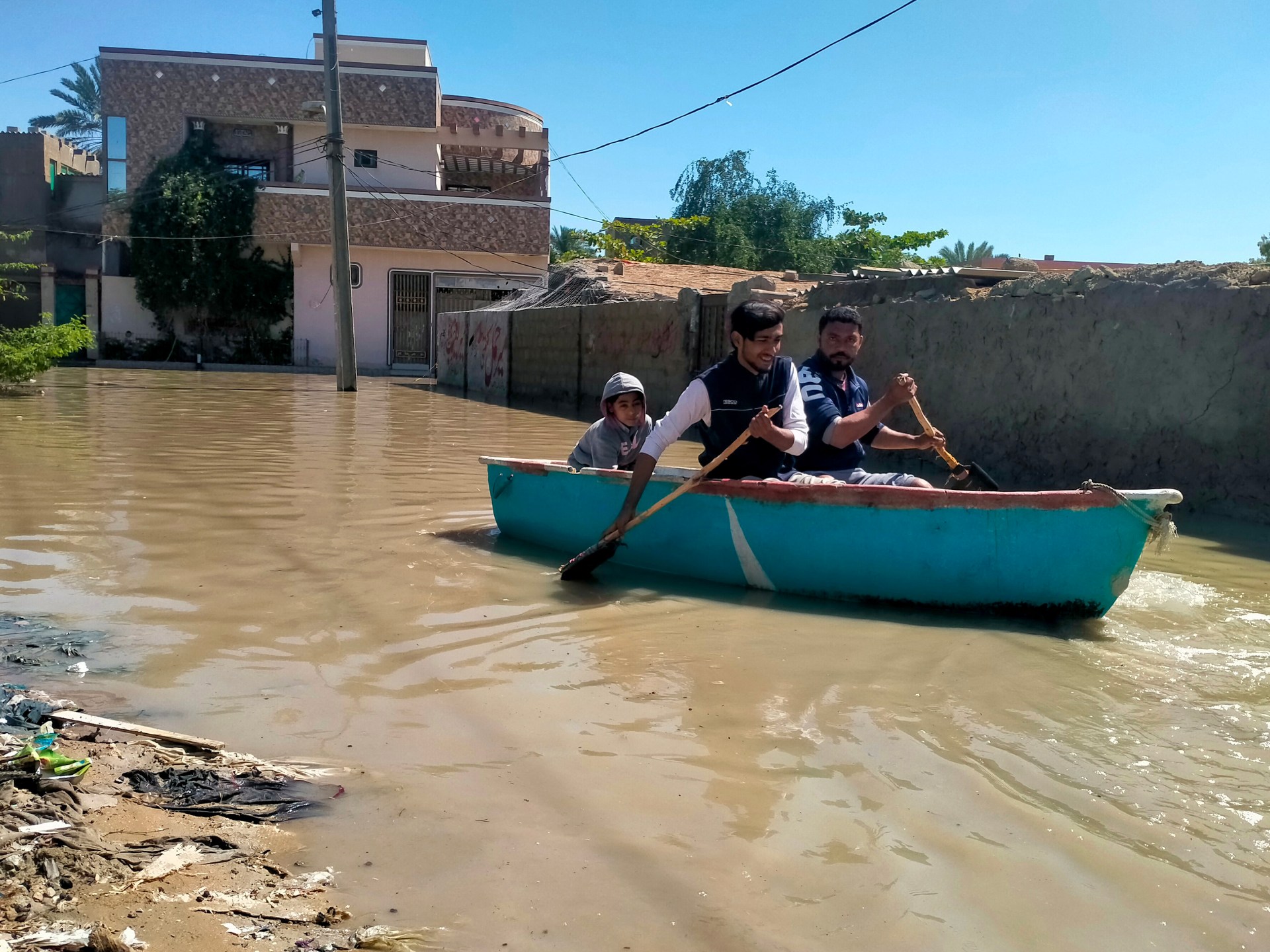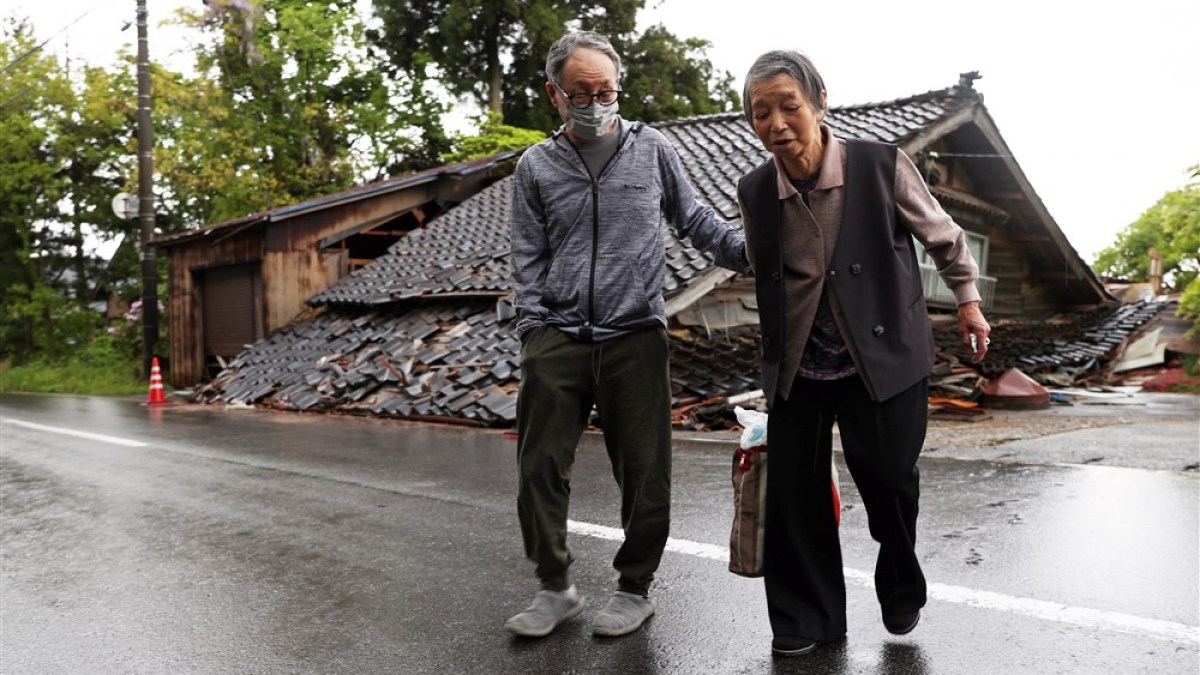What we know about magnitude 7.8 quake that hit Turkey, Syria
A magnitude 7.8 earthquake with an epicentre in southeastern Turkey near the border of northern Syria has killed hundreds of people and caused widespread destruction.
The quake killed at least 641 people across both countries, toppling buildings and sending rescuers scrambling through the rubble to find survivors.
The death toll was expected to rise, with experts warning that aftershocks could continue for days or weeks. Tremors were also felt in Cyprus, Egypt, and Lebanon.
Turkish President Recep Tayyip Erdogan said on Twitter that “search and rescue teams were immediately dispatched” to the areas hit by the quake.
Meanwhile, the Syrian Civil Defence, which operates in the opposition-held portions of northern Syria, declared a state of emergency and appealed for “the international community to support the rescue of civilians in Syria”.
Where did the earthquake hit?
The earthquake occurred at 4:17am (01:17 GMT), with its epicentre located in Kahramanmaras in Gaziantep province, about 33km (20 miles) from the city of Gaziantep, which is home to more than two million people, including hundreds of thousands of Syrians who fled during the country’s war, which began in 2011.
The US Geological Survey agency noted that the area contains many buildings constructed of brick masonry or brittle concrete, making them “extremely vulnerable to earthquake shaking”.
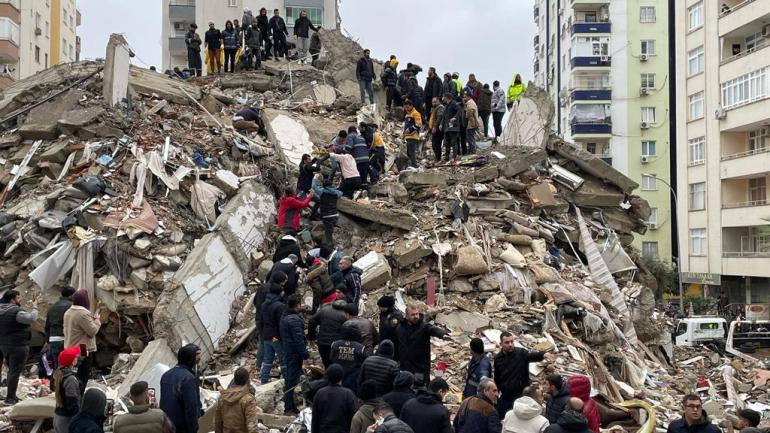
The quake was about 50km from the border of northwest Syria, where about 1.7 million internally displaced Syrians live in a cluster of camps in areas controlled by opposition groups still fighting the government of Syrian President Bashar al-Assad.
Several large government-controlled cities, including Aleppo, with a dense population of nearly 2 million, are located in the area.
More than 40 aftershocks were felt in the wake of the initial quake, including one at 6.7 magnitude.
Those aftershocks stretched “a distance of about 100km to 200km (62 miles to 124 miles) all along a big fault line,” Chris Elders, professor at the School of Earth and Planetary Sciences at Curtin University in Perth Australia, told Al Jazeera, referring to the East Anatolian Fault, which stretches across the southeastern portion of Turkey.
What do we know about the casualties?
The death toll was rising rapidly on Monday, with Turkey’s Disaster and Emergency Management agency saying at least 284 people were killed in seven Turkish provinces by 10:35am local (07:35 GMT).
Turkish Vice President Fuat Oktay said 2,023 people were wounded and 1,718 buildings had collapsed in the country.
Rescuers were digging through the rubble of levelled buildings in the city of Kahramanmaras and neighbouring Gaziantep. Crumbled buildings were also reported in Adiyaman, Malatya and Diyarbakir.
The death toll in government-held areas of Syria climbed to 237 with more than 630 injured, according to Syrian state media, with deaths reported in the cities of Aleppo, Hama, Latakia and Tartous.
At least 120 people were killed and over 230 injured in rebel-held parts of northwestern Syria on Monday, rescue workers said.
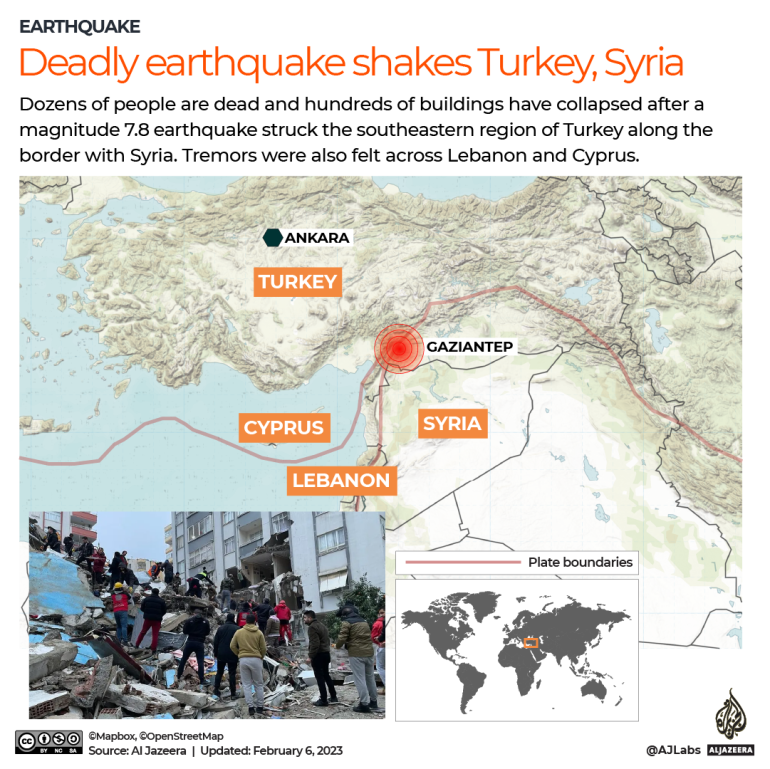
“Large damage and local devastation has to be expected. Rescue forces are in the area right now and we will see the number rising over the next days,” Martin Mai, a professor of geophysics at King Abdullah University in Saudi Arabia, told Al Jazeera.
“In the past these earthquakes in Turkey have led to about 10,000 to 13,000 fatalities owing to building style construction and the sheer size of these event will have profound economic impact as well.”
A famous mosque dating back to the 13th century partially collapsed in the province of Maltaya, where a 14-story building with 28 apartments also collapsed.
What challenges remain?
The rescue efforts were being hampered by a winter blizzard that covered major roads in ice and snow.
Aid workers warned of a particularly dire situation in northwest Syria.
“Right now we have a crisis, in addition to very bad weather conditions and collapsed buildings, and unfortunately, damaged hospitals,” Mazen Kiwara, the Middle East Regional Director for the Syrian American Medical Society, told Al Jazeera.

“We got initial information from our hospitals … The hospitals are overwhelmed from the number of casualties,” he said, adding that several hospitals had to be evacuated.
There were “five to seven deaths in a fetal hospital in Afrin,” Kiwara added, “including one pregnant mother who passed away but our our colleagues succeeded to get out her baby out alive. And he’s in a good condition right now.”
Why was the earthquake so deadly?
Curtin University’s Elders said the depth of the earthquake, at about 18km (11 miles) deep, made the incident particularly devastating.
That depth “sounds quite deep”, he said, “but that means that the energy that’s released by the earthquake will be felt quite close to the to the surface with much greater intensity than if it was deeper in the crust”.
Naci Gorur, an earthquake expert with Turkey’s Academy of Sciences, urged local officials to immediately check the region’s dams for cracks to avert potentially catastrophic flooding.
Turkey predominantly sits on the Anatolian Plate, with two major faults, the North Anatolian Fault, which runs between the Anatolian Plate and the Eurasian Plate to the north of Turkey’s land mass, and the East Anatolian Fault, which runs along the Arabian Plate to the southeast of Turkey’s territory.
The geological location makes Turkey one of the world’s most active earthquake zones.
In 1999, a 7.4-magnitude earthquake hit the Duzce region in northeastern Turkey, killing more than 17,000 people, including more than 1,000 in Istanbul, the country’s largest city.
Monday’s quake was the highest magnitude since another 7.8-magnitude earthquake in Erzincan province in 1939, killing over 30,000.


